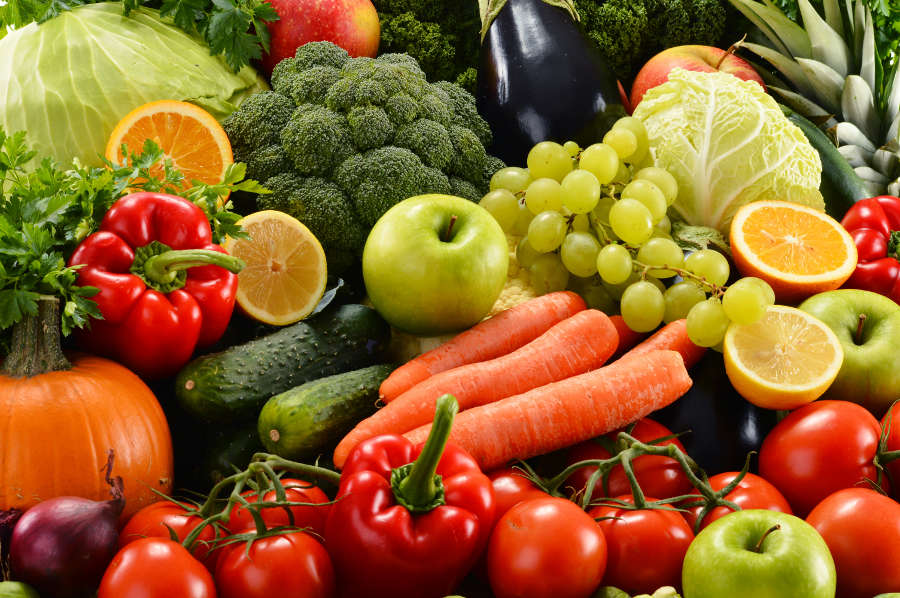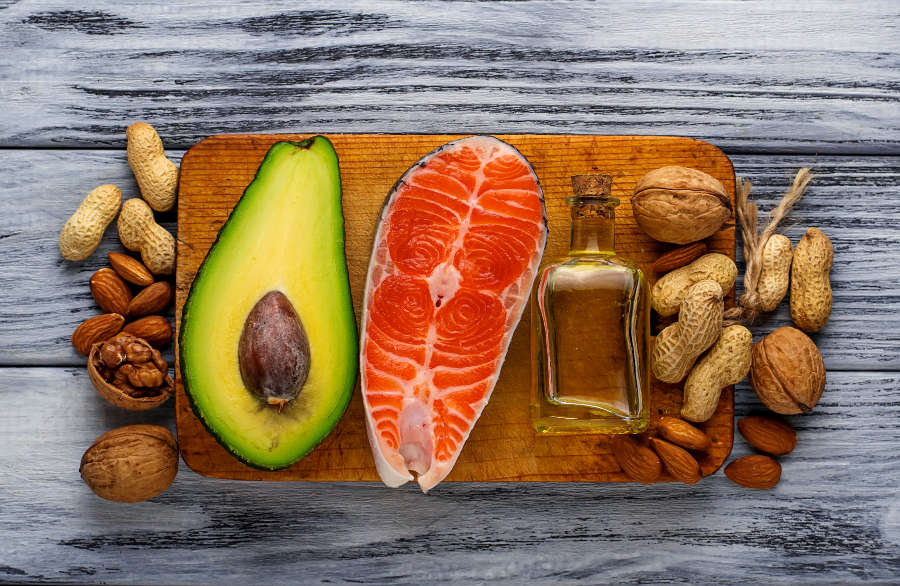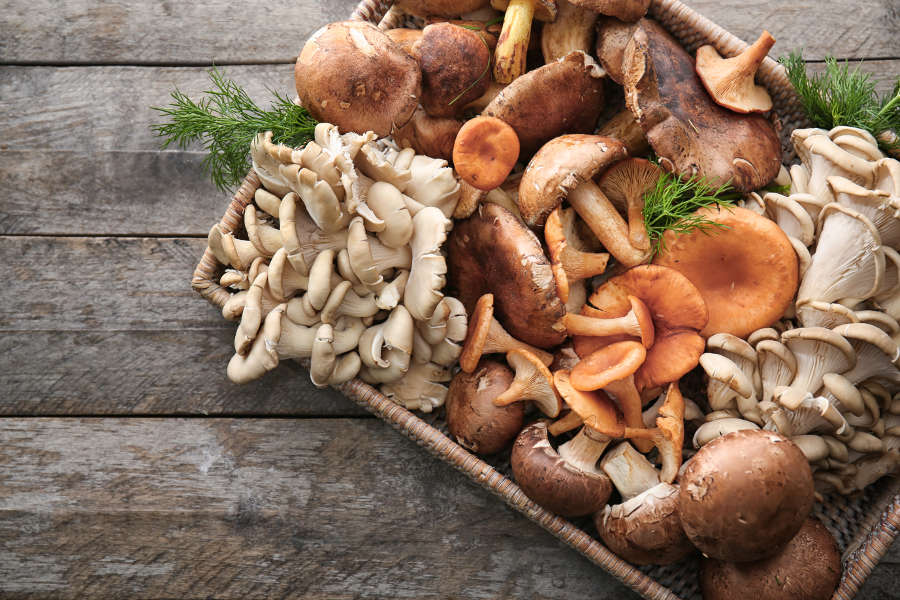I WANT
RELATED LINKS
I WANT
RELATED LINKS
RELATES LINKS
I WANT
RELATES LINKS
Services
Related Links
Use and Management of Cookies
We use cookies and other similar technologies on our website to enhance your browsing experience. For more information, please visit our Cookies Notice.
- Personal Banking
- Stories & Tips
- Tips for You
- Nutrients against and treat dust poisoning PM 2.5
- Personal Banking
- ...
- Nutrients against and treat dust poisoning PM 2.5
Nutrients against and treat dust poisoning PM 2.5
21-01-2020
The fog and smoke were so similar that it might not be possible to know ... but in this era, I knew immediately because I inhaled and burned my nose and eyes. The cloudy sky that is seen is not a mist. But it is small toxic dust called PM 2.5. The problem of this dust increases the health concerns of Thai people in a wide range. Not just in Bangkok but other provinces also encountered the same problem. Each day, expecting to see the app turn green or blue because most of the times are yellow, orange, red, which show the toxic weather conditions and the health problems that will follow.
Data from the Institute for Health and Evaluation, University of Washington point out that air pollution is a common factor that causes various diseases. Because there are many chemical components both irritating substances to carcinogens. And resulting in sudden and chronic diseases such as allergies of the respiratory system, pneumonia, respiratory infections, lung cancer, cardiovascular disease. Studies have shown that people exposed to environments with PM 2.5 or less dust will increase the risk of heart disease and respiratory disease. Because the smaller the size, the more enters the body and attaches to the lungs. By the process, small particles will accelerate inflammation in the body and reduce the number of antioxidants. When the antioxidants in the body decrease followed by the degeneration of various cells. Especially coronary artery the lungs, when receiving very small dust then deteriorates and may be followed by lung cancer.

Therefore, getting nutrients that reduce the inflammation of the body together with receiving higher amounts of antioxidants will help reduce the health effects of getting PM 2.5. Or being in a bad state of pollutionใ Let's see which nutrients can resist and treat PM 2.5 dust.
1. Vitamins A and Beta-Carotene It is found in carrots, gourd, morning glory, pumpkin, sweet potato, sweet potatoes, mango, papaya, etc. Contributes to improved lung function. Vitamin A helps promote the respiratory system and the immune system. As well as being able to resist the poisonous dust effect
2. Vitamin C is an antioxidant that can help reduce the genetic damage of DNA when exposed to free radicals that will damage cells. And studies have shown that receiving vitamin C will increase the immune system and reduce allergies to various systems such as respiratory system, itchy eyes, itching, and burning sensation. Itching and burning sensation. Group foods that are high in vitamin C, such as oranges, strawberries, apples, melons, papaya, pomegranate, dark green vegetables, Centella Asiatica, spinach, onions. There is also a study report that found Supplementation of 500 mg vitamin C per day can help reduce the level of free radicals in people living in areas with air pollution.

3. Vitamin E is found in high-fat foods such as whole grains, beans, egg yolks to help reduce inflammation and resist free radicals.
4. Vitamin B6, vitamin B12, and folic acid or folate, the exposure and exposure to this small dust will affect coronary artery disease with high blood homocysteine. Receiving vitamin B6, vitamin B12, and folate can reduce blood homocysteine. Foods that contain this group of vitamins, such as dark green vegetables, orange vegetables that contain beta-carotene, such as broccoli, carrots, pumpkins, and vitamin B12 are available in meat, red meat.
5. Omega-3 is found in many fish. Including avocado, walnuts, flax seeds. Clinical studies have been conducted among adults and seniors living in high dusty PM 2.5 sources. Taking 2 grams/day of fish oil reduces the health effects of this tiny dust.

6. Sulforaphane is found in broccoli. And various cabbage and cauliflower vegetables. It has outstanding features that help in the process of eliminating toxins and preventing cancer. There are reports of clinical trials in both adolescents and adults. Found that exposure to sulfur then from broccoli May help reduce the negative effects on the health of this tiny dust.
7. N-acetyl cysteine reduces bronchospasm, sensitive to stimulation and reduces the risk of respiratory disease. In which N-acetyl cysteine will need an amino acid cysteine to assist in the synthesis. Foods that contain amino acids include watermelon, onion, eggs, garlic, and red meat. N-acetyl cysteine also helps to reduce phlegm and mucus in the lungs. It helps strengthen the immune system. In addition, N-acetyl cysteine also helps to reduce phlegm and mucus in the lungs. Helps strengthen the immune system
8.Nutrients of polysaccharides in the group of beta-glucan. Found in Japanese medicinal mushrooms, Yamabushita mushroom, Chitake mushroom, Maitake mushroom, Matsutake mushroom. It helps strengthen the immune system. The body will be able to get rid of viruses or foreign objects better.

In addition, many Thai herbs have antiviral and detoxifying effects, PM 2.5 as well.
1. Phyllanthus Emblica antioxidants, found that if brought to boil, drink will help prevent inflammation cells and helps the work of blood vessels with flexibility and good circulation
2.Turmeric has antioxidant activity up to 80 times higher than vitamin E, which is good for lung function.
3.Thunbergia laurifolia can detoxify dust. But should not be eaten continuously for more than 1 month.
In addition to eating healthy food Should drink clean water at least 8-10 glasses a day, get enough sleep, wear glasses and wear a mask correctly. When going out to face pollution outside will be a protective shield to protect or to reduce the effects of the harmful pollution of this tiny dust PM 2.5. When in dwellings or driving on the road, having an effective air filter can help clean the air in the house or car that can breathe freely.
References
- Extra https://www.exta.co.th
- Department of Mental Health https://www.dmh.go.th/news-dmh/view.asp?id=30000
- Brands https://www.brandsworld.co.th/th/brands-health-club/nutrition-for-health-pollutionPM25.html
- The Heart Foundation of Thailand http://www.thaiheartfound.org/category/details/food/519
